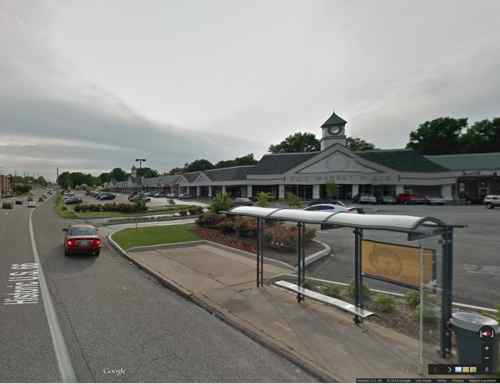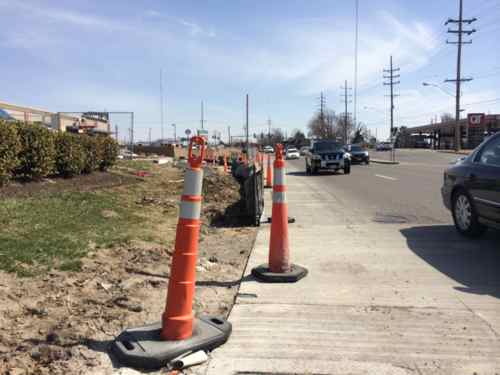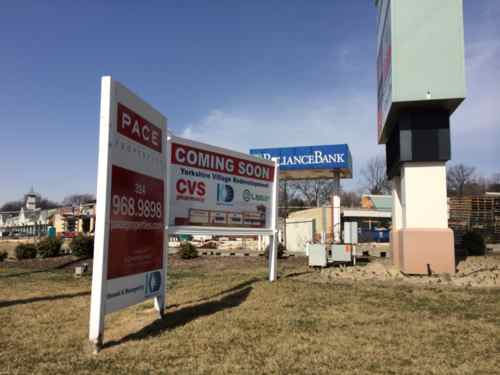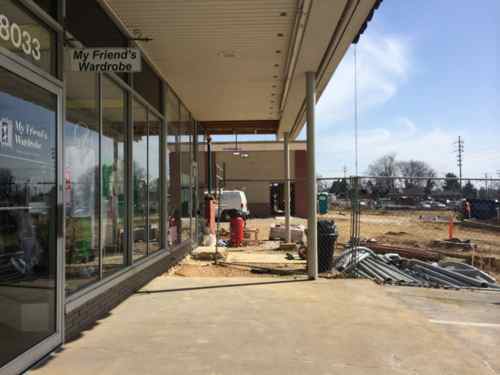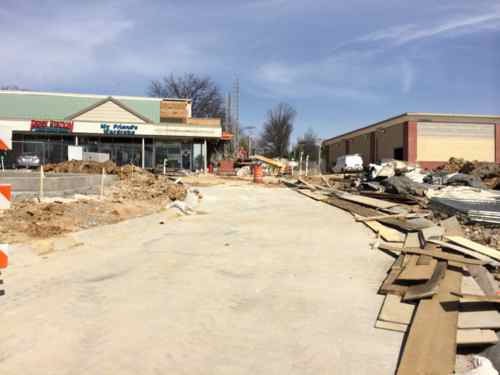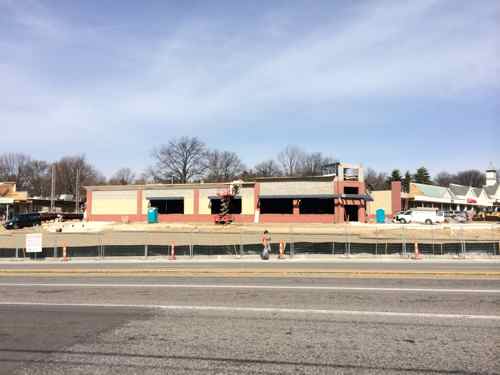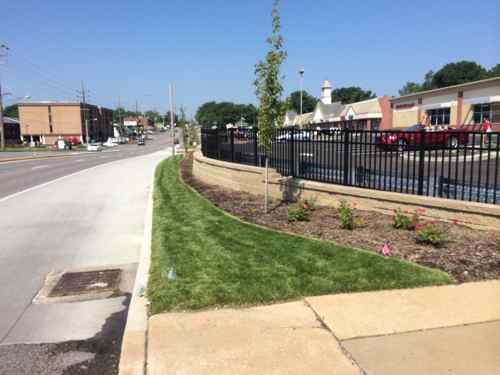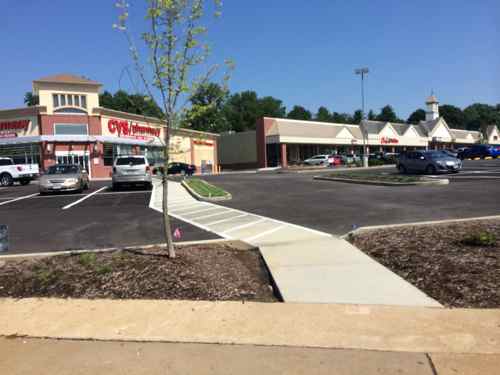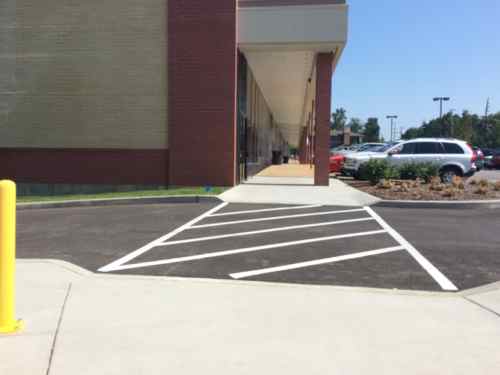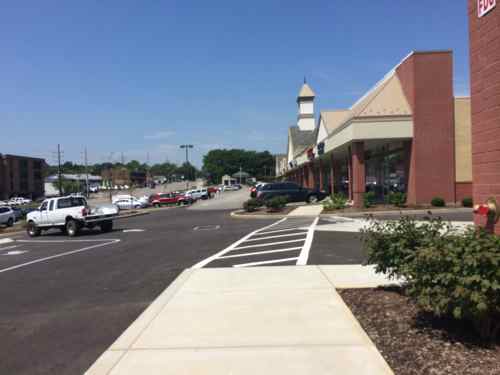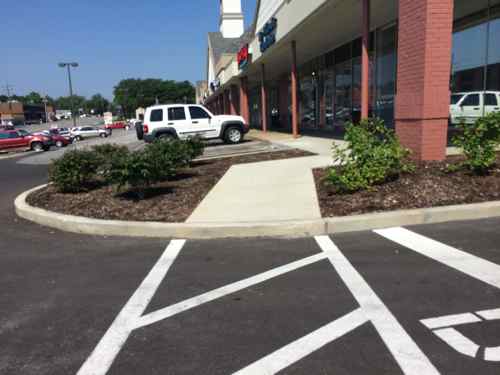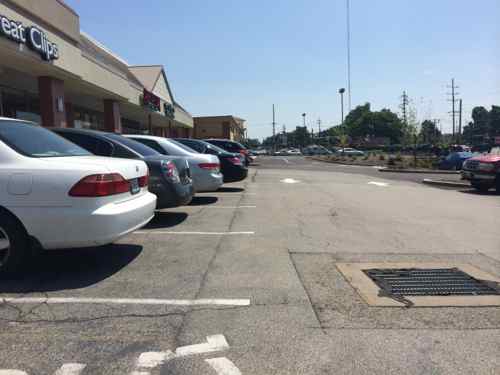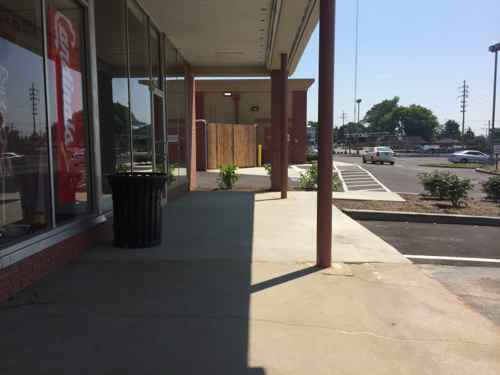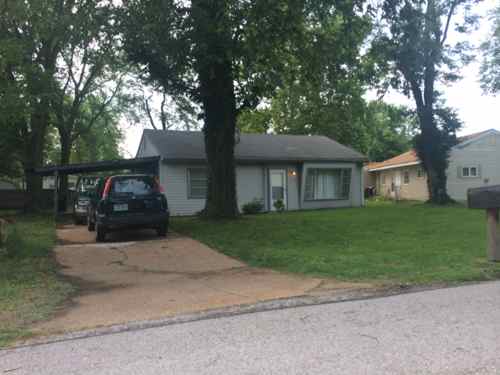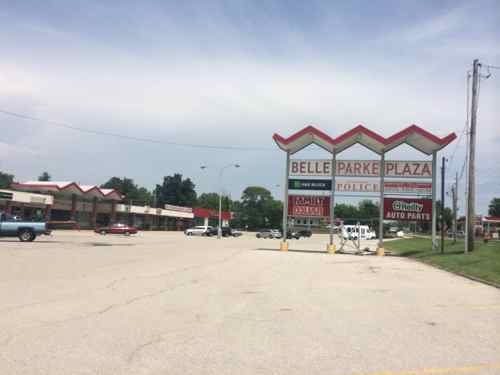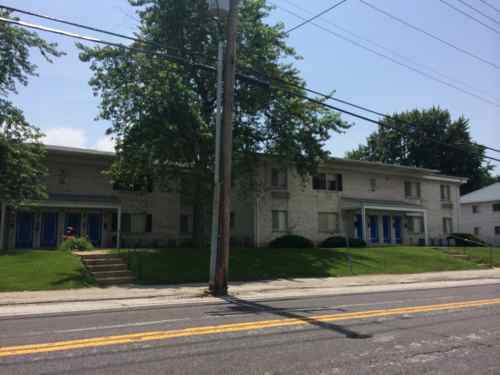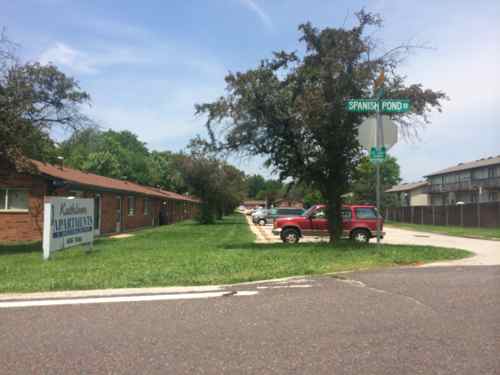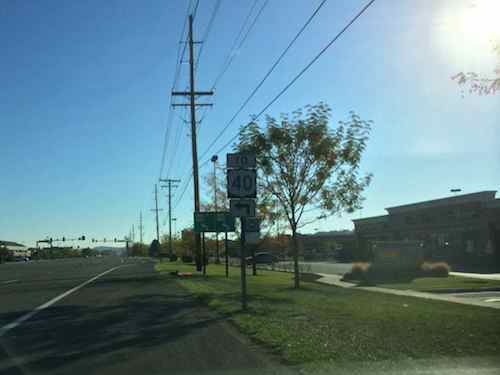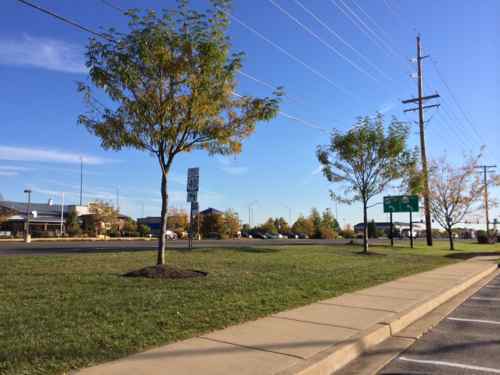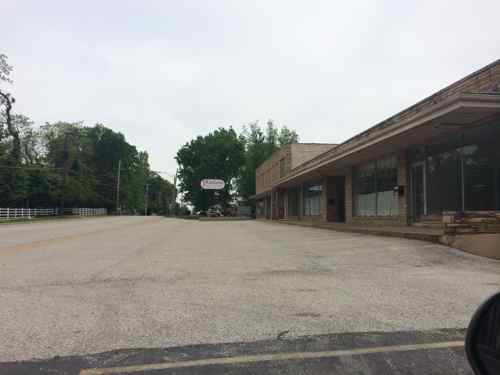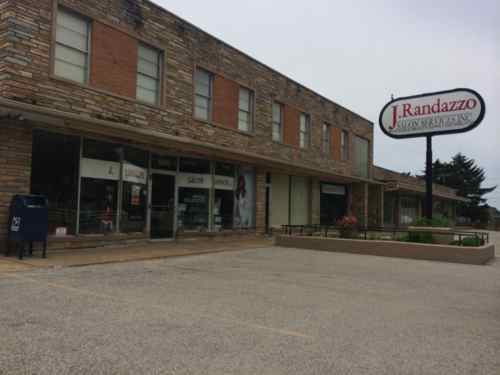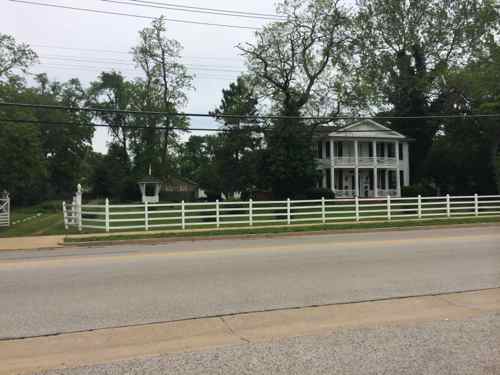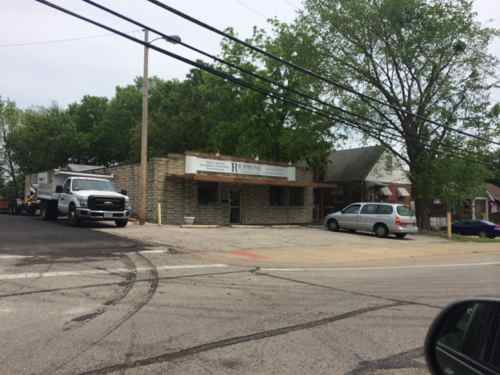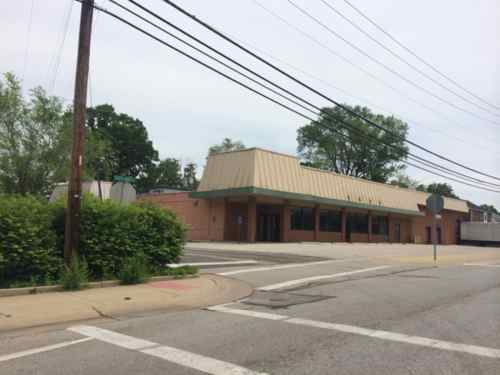Ferguson, Missouri
The last events of last weekend were tragic, inspiring, confusing, and disappointing. Noon Saturday an unarmed young man, Michael Brown, 18, was shot by an unnamed Ferguson police officer, he died at the hospital. That night numerous protests & vigils were held. On Sunday evening more were planned, the family asked for them to be peaceful.
The photos & videos showed a large/vocal, but peaceful, crowd Sunday evening; likely the largest such event ever held in Ferguson. I wasn’t there to see who & how it went from peaceful to lawless, including rioting, looting, and arson. Monday morning everyone is trying to make sense of the events, even though reconciling them is hard for most everyone. Sadly, racist views often come out at times like these.
Yet we should all remember, looting & rioting takes place all over the world. It happens after major sporting events, natural disasters, and injustices. Some examples:
In 1979 people in San Francisco were upset with the light sentence Dan White received for shooting Mayor Moscone & Supervisor Milk:
Dan White, Milk’s assassin, was acquitted of murder charges and given a mild sentence for manslaughter, partly as a result of what became known as the “twinkie defense.” His attorney claimed that White had eaten too much junk food on the day of the killings and thus could not be held accountable for his crimes. He was sentenced to less than eight years in prison on May 21, 1979—the day before what would have been Milk’s 49th birthday—igniting what came to be known as the White Night Riots. Enraged citizens stormed City Hall and rows of police cars were set on fire. The city suffered property damage and police officers retaliated by raiding the Castro, vandalizing gay businesses and beating people on the street. (Harvey Milk Foundation)
From 1992:
German gangs smashed windows, looted shops and assaulted Dutch fans in 12 hours of violence surrounding Holland’s 3-1 victory over Germany in the European Championships in Goteborg, Sweden.
Riot police with horses and dogs repeatedly chased mobs of Germans through the center of Goteborg. The gangs dispersed and formed again, seeking openings through police lines to get at crowds of celebrating Dutchmen, but officers averted serious fighting.
Policeman Lasse Hansson said 23 were arrested, all Germans except for one Dutchman. He said charges against them included inciting riot, possession of weapons and resisting arrest. (Seattle Times)
Also in 1992, the LA Riots:
The LA Riots are mostly associated with the beating by police of Rodney King, but have a deeper and more complex background than that. We will start by looking at the background of Rodney King and the other causes to the LA Riots. (South Central History)
From 1998:
After the Denver Broncos defeated the Green Bay Packers to win Super Bowl XXXII, 10,000 fans went a little overboard and tears of joy became tear-gas-induced tears when people began flipping cars, looting and destroying the Mile High City. The Broncos’ victory and the following riot were selected as top news stories of 1998 by newspaper and broadcast members of the Associated Press. (source)
Earlier this year:
$25K in damage done to Historic century-old Pioneer Square pergola during out-of-control jubilation. About six people arrested after midnight when crowd began throwing bottles at police. Crazed students lit furniture on fire and made bonfires. Thousands throughout Seattle took to the streets to revel in the Seahawks’ victory, the city’s first major sports championship in more than 30 years. Drivers honked their horns, fans launched fireworks and at least one bonfire was blazing near the University of Washington. (NY Daily News)
But why?
The idea that people in crowds act differently — more violently, more passionately and perhaps, with a compromised moral compass — than individuals acting alone is not new. LeBon and Freud proposed it way back in early 20th century and others have since built on the theory.
But is that really the main motivation at play here?
Some, like Columbia University’s Tory Higgins don’t think so. Higgins, a professor of psychology who studies motivation, believes that riots such as the these typically occur when people feel “ineffective.” “In situations like this, there is a long period prior to the riot of feeling that you’re not in control of your own life. It may either be financial, like unemployment or a low-paying job, or political,” he says. “They basically don’t feel respected or that they’re making a difference.” (Huffington Post)
There’s so much we don’t know, particularly about the shooting on Saturday. Hopefully an impartial & transparent investigation will be conducted, and the community will accept the findings.
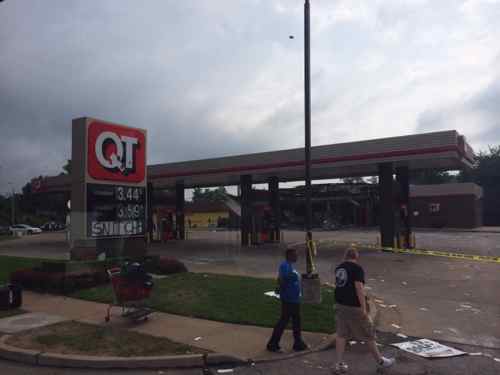
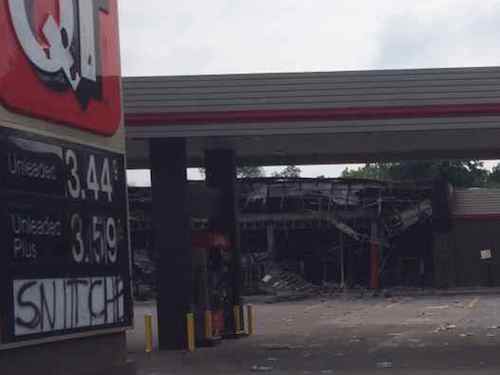
Why Quik Trip? It seems, based on internet hearsay, Michael Brown visited the store right before returning to the apartment complex where his grandmother lives.
Yesterday I rode the #74 MetroBus from 14th & Washington north to St. Louis Community College — Florissant Valley and back. From the Quik Trip north, for 2 miles along West Florissant, I saw busted windows, shattered bus shelters, closed businesses, and police. The Taco Bell my husband ate at in June, about a half mile north, had a busted window. The Walgreens at West Florissant & Chambers I passed in my wheelchair in April had a boarded window, and was closed. A guy on the return bus trip was saying the Walmart 2 miles north on West Florissant was closed.
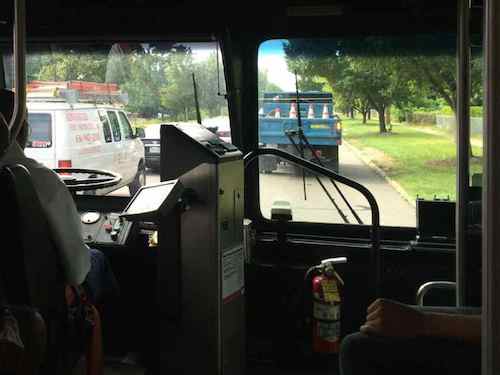
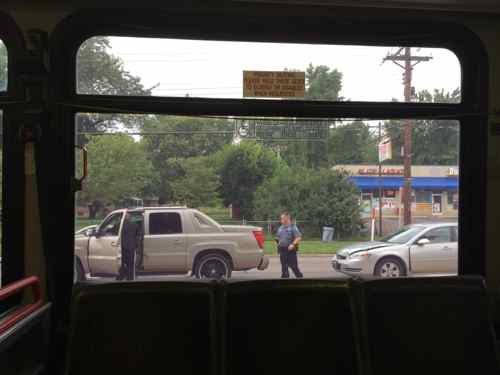
The destroyed Quik Trip was built in 1989, I remember stopping there in the fall of 1990 on my way to visit a work supervisor who lived in the subdivision behind. QT may have been considering rebuilding the location, though they had likely updated the building in the last 25 years. It’s not hard to imagine Tulsa-based QT deciding to not rebuild this location.
The Walmart & Sam’s Club 2 miles north, both looted Sunday, were also built in 1989.
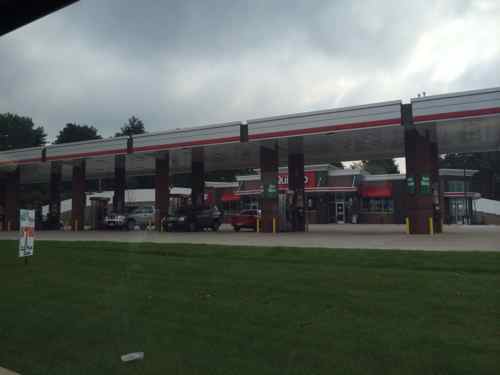
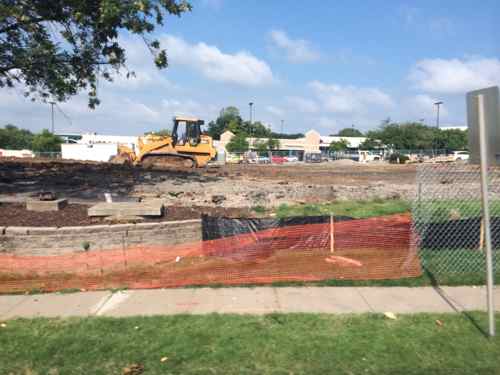
The issues of the officer who shot Brown, the looters, etc should get resolved through investigation and the courts. The long-term implications for West Florissant can go any number of ways:
- Business owners see the looting as a one time thing and resume business as usual.
- Businesses remain but begin planning their exit strategy.
- Businesses don’t reopen.
Hopefully we’ve seen the worst of the rioting & looting. I want Michael Brown’s family to get the justice they seek.
— Steve Patterson
